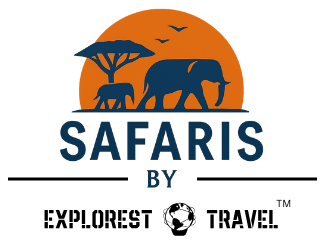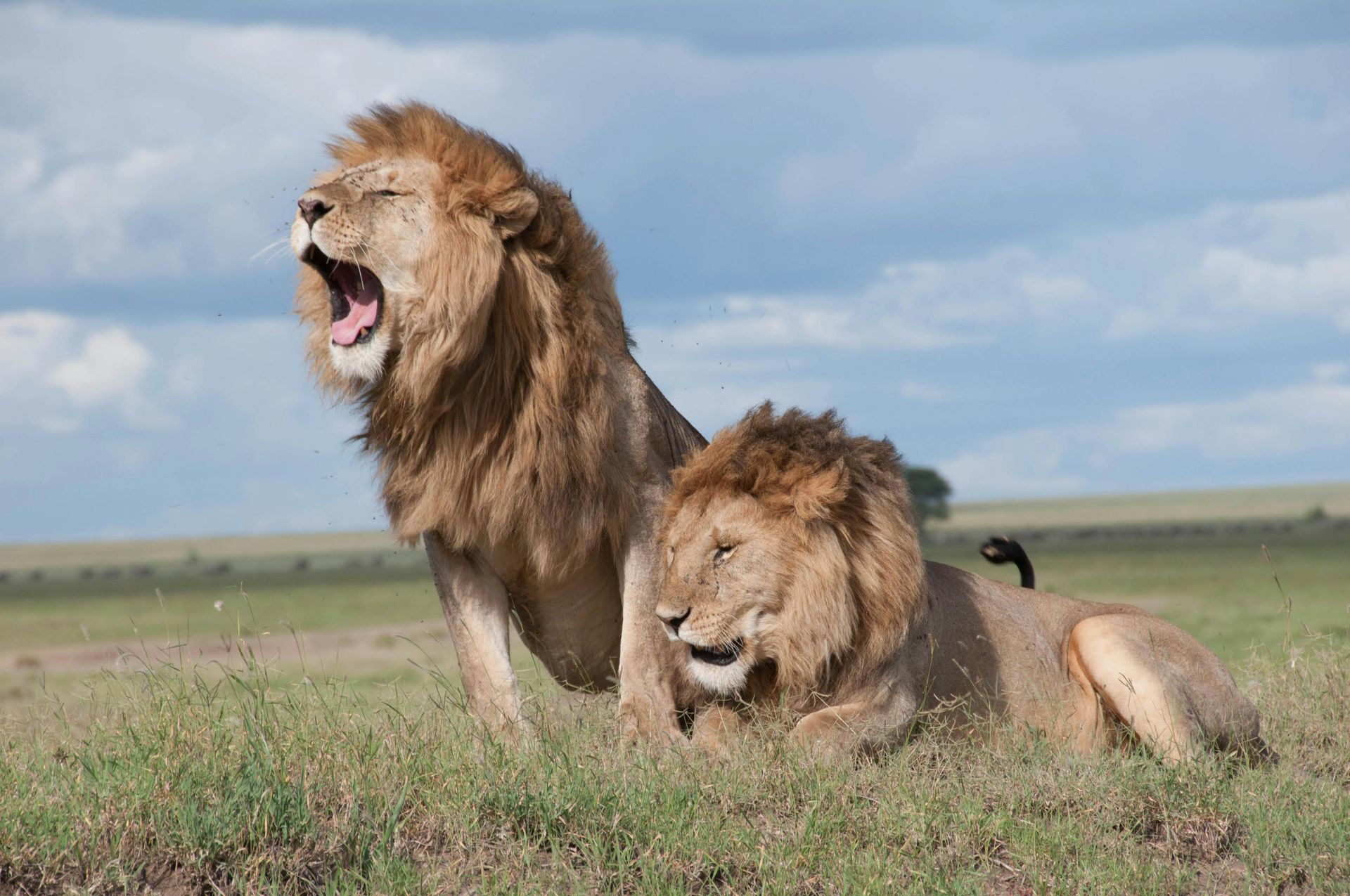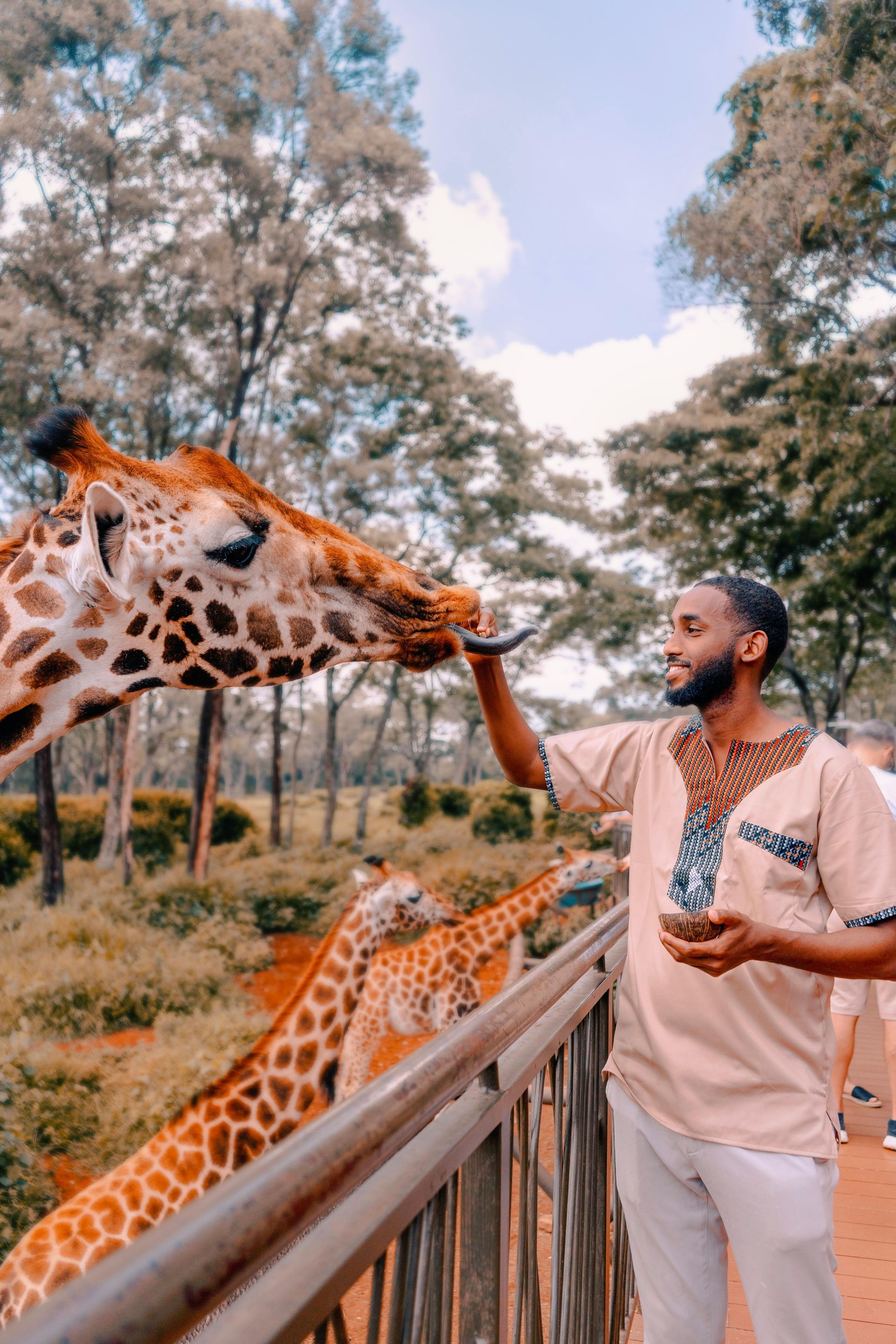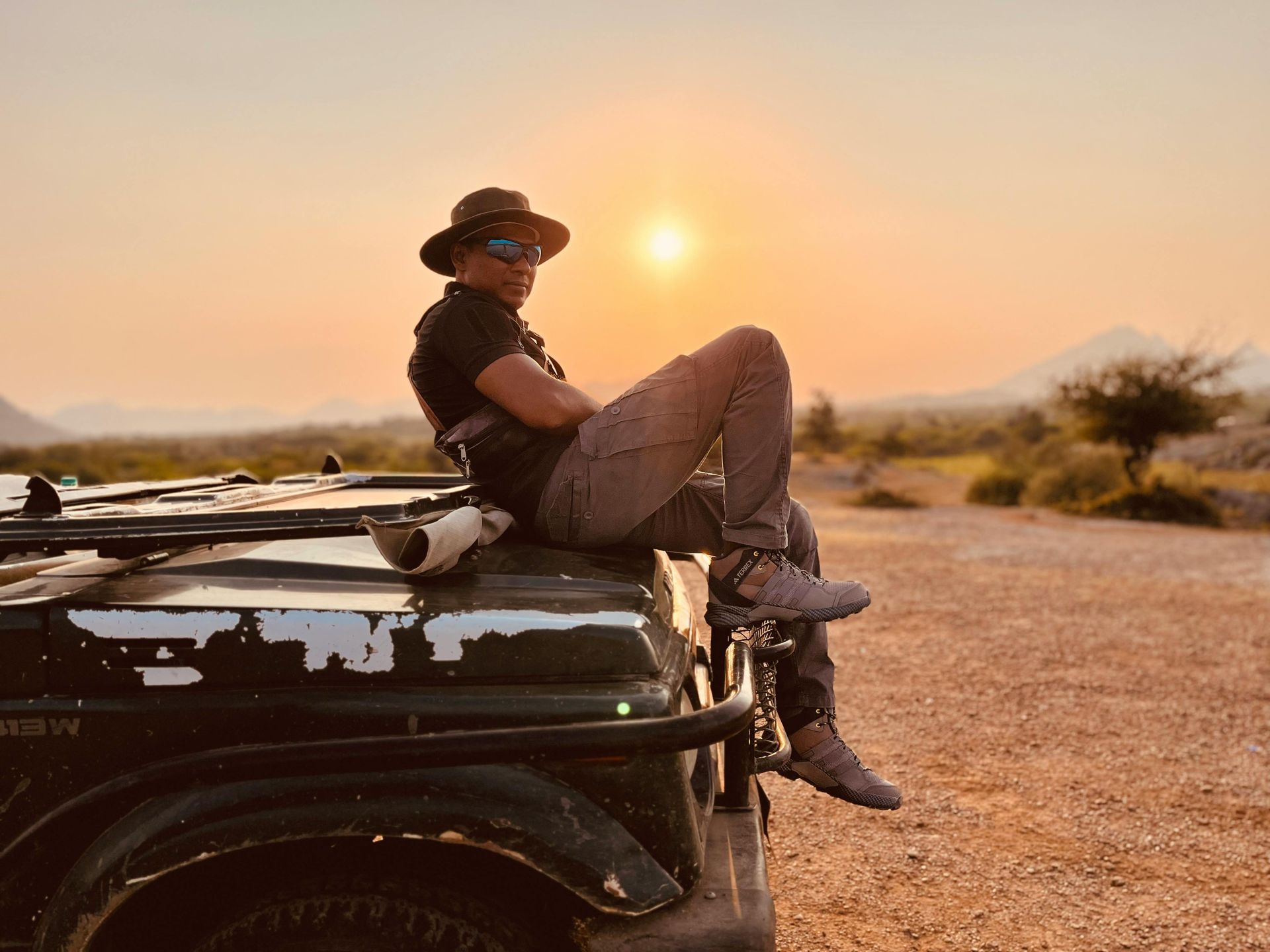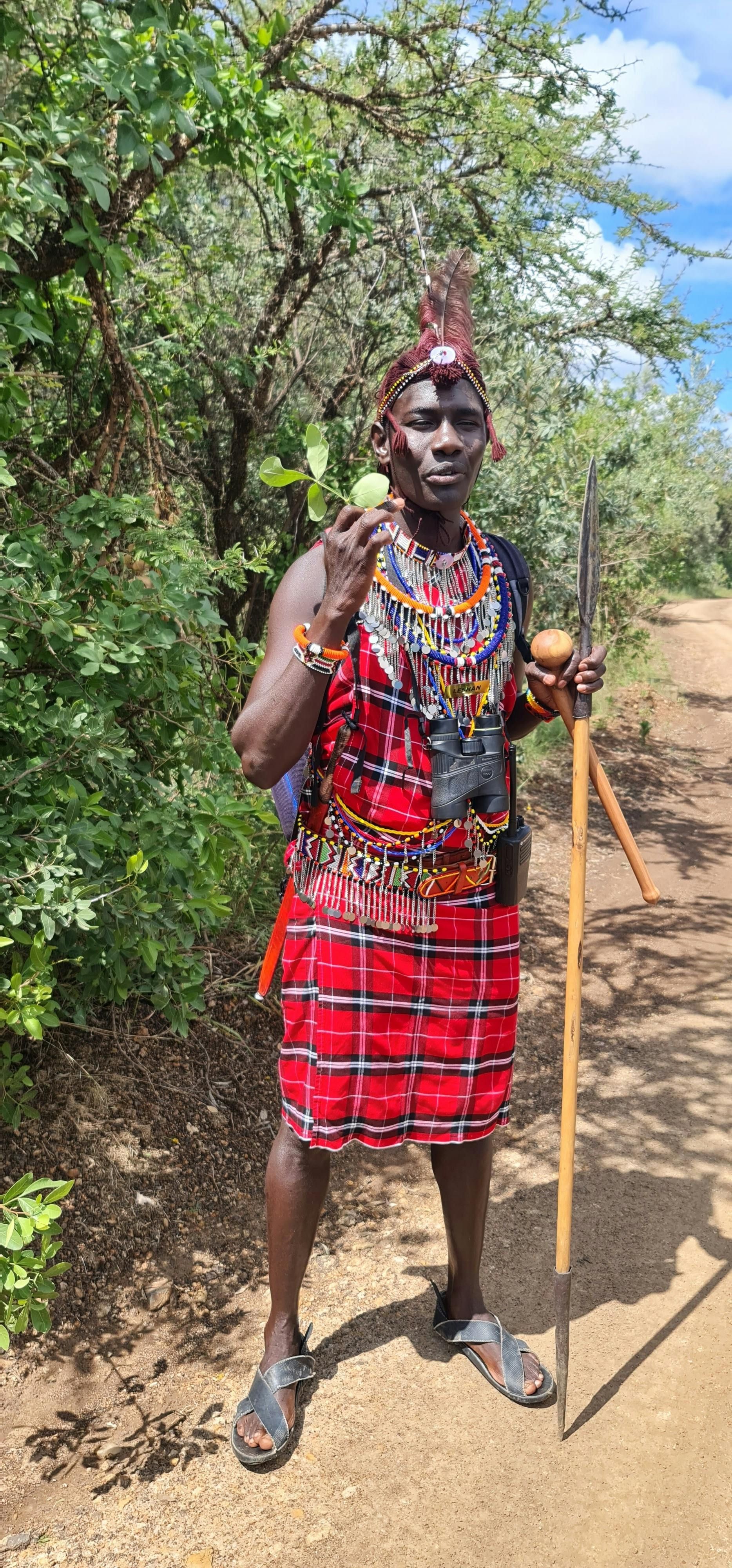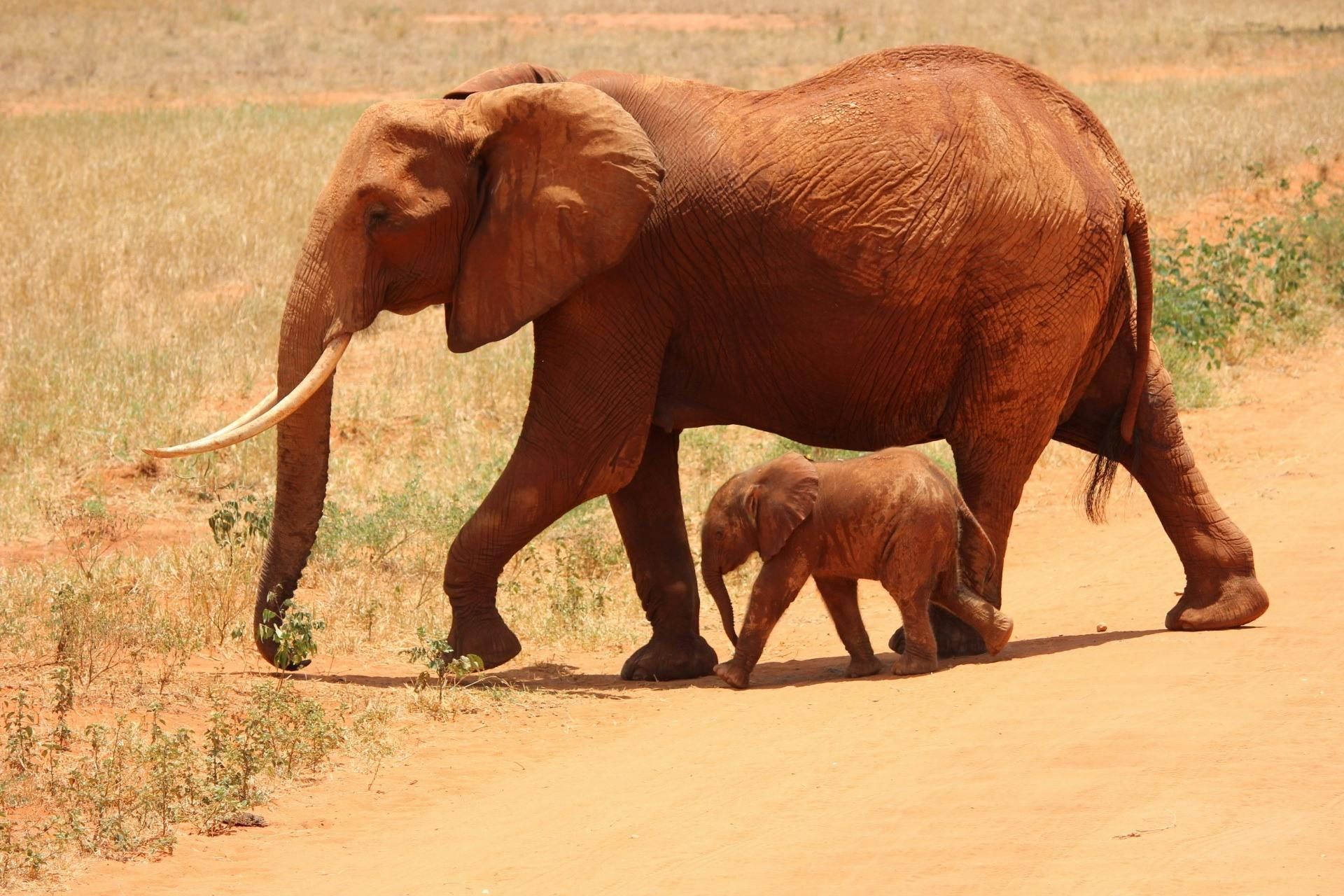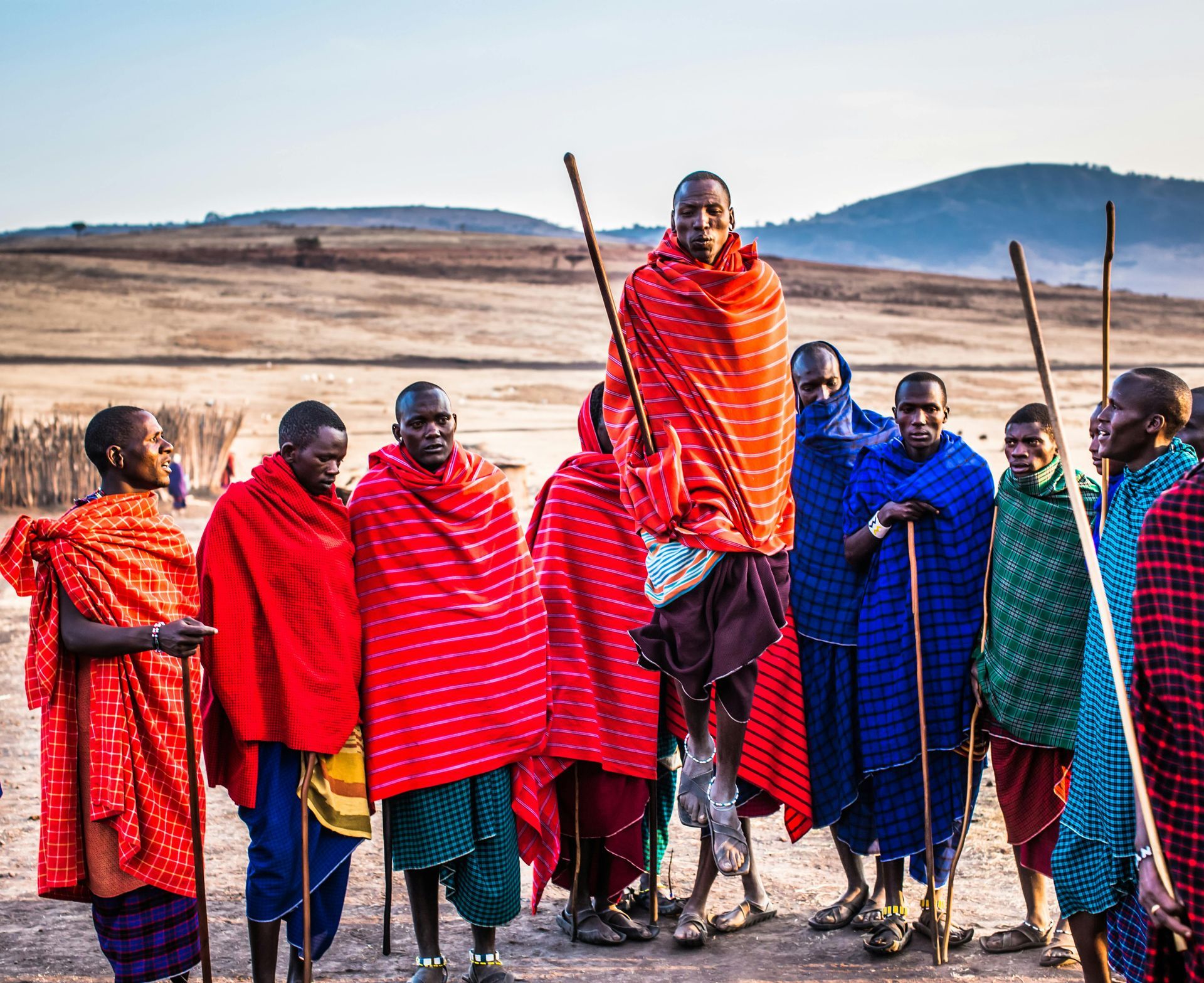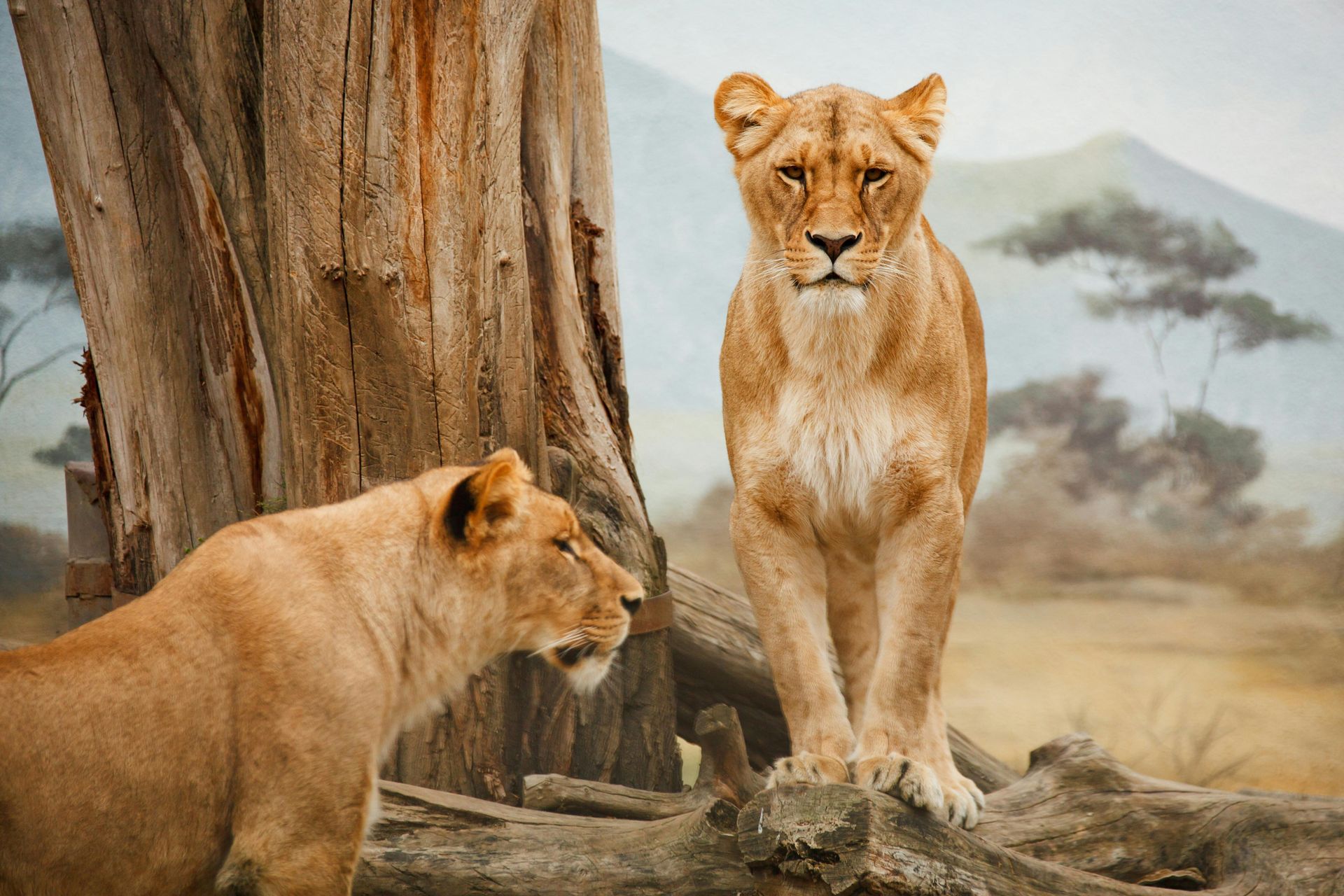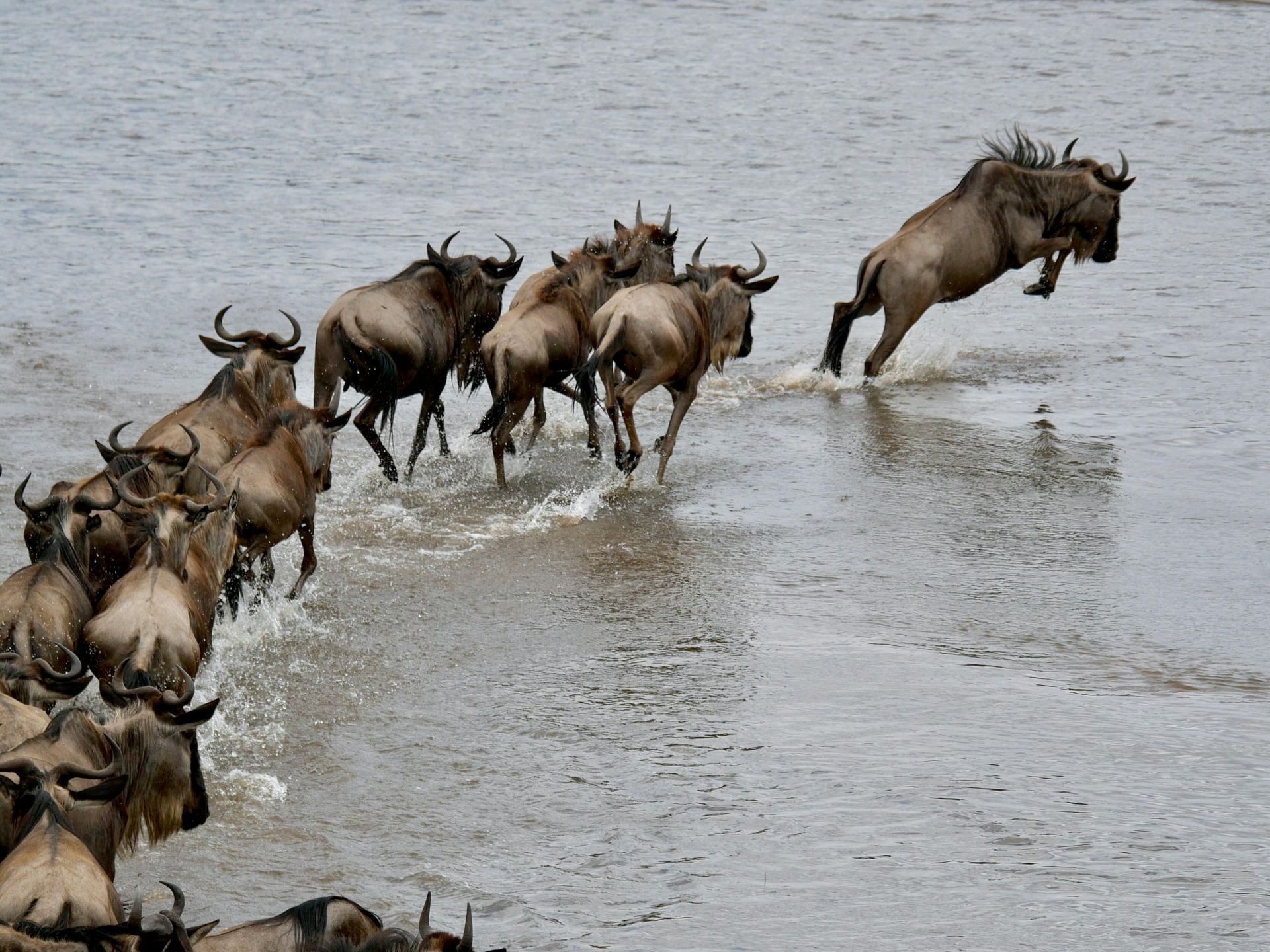The Big Five South Africa Guide: Explore Like a Pro in 2025
Imagine standing at dawn on an open savanna, the air alive with anticipation as a lion’s roar echoes in the distance. For many, witnessing the big five south africa — lion, leopard, rhino, elephant, and Cape buffalo — is the ultimate safari dream.
This guide is designed to help you explore these iconic destinations in 2025 with confidence and expertise. Whether you are planning your first adventure or seeking to refine your safari skills, you will find up-to-date tips, expert insights, and essential planning steps here.
Discover the best parks, the ideal times to visit, ethical wildlife viewing practices, and professional safari strategies. Let your journey toward the big five south africa begin now.
Understanding the Big Five: History, Significance & Conservation
Encountering the big five south africa is a dream for many wildlife enthusiasts. These animals—lion, leopard, rhinoceros, elephant, and Cape buffalo—are icons of the African bush. Each species represents a unique piece of the continent’s natural heritage. Their presence shapes the landscape and draws travelers from around the world.
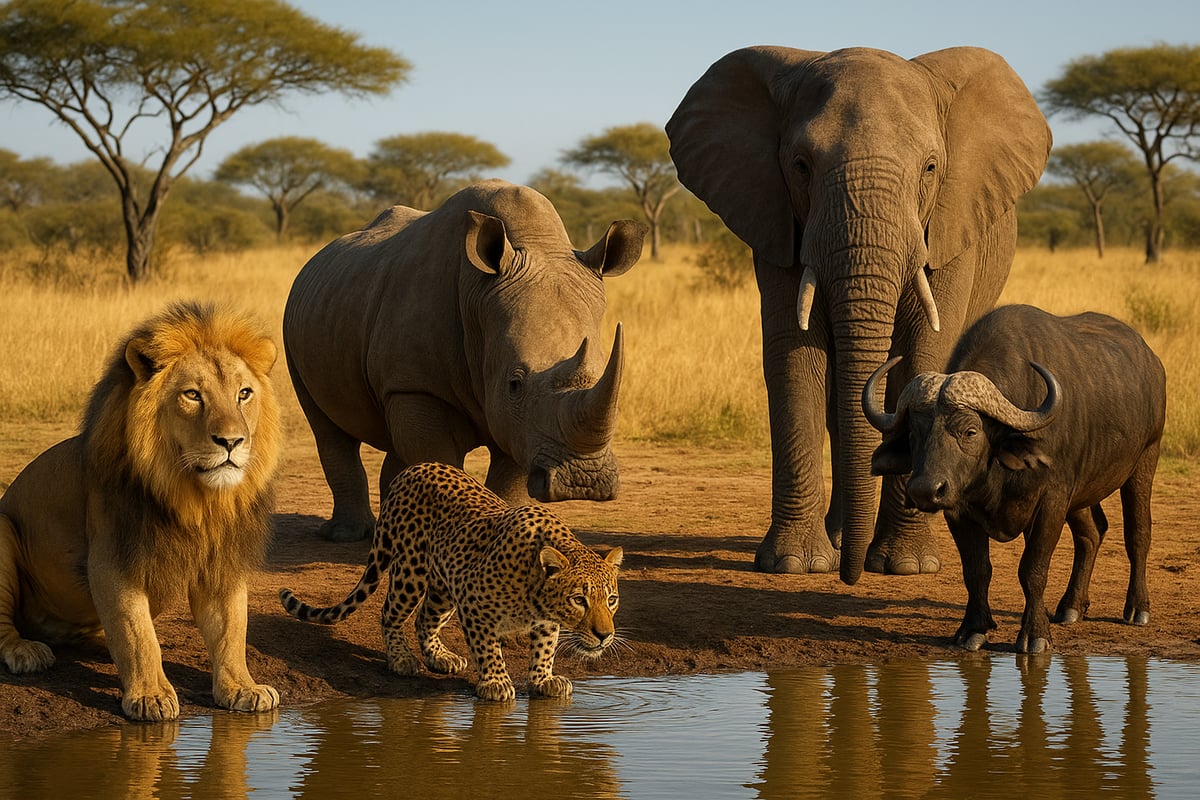
Defining the Big Five
The term "the big five south africa" originated with early big game hunters. They used it to describe the five most difficult and dangerous animals to hunt on foot. Today, these species symbolize the pinnacle of wildlife viewing experiences. They are:
- Lion: The powerful apex predator, known for its social prides.
- Leopard: Elusive and solitary, often seen draped in tree branches.
- Rhinoceros: Both black and white rhinos are native, but populations are threatened.
- Elephant: The largest land mammal, intelligent and highly social.
- Cape buffalo: Formidable herds, respected for their unpredictable nature.
Historical Origins & Cultural Significance
Hunting shaped the early narrative of the big five south africa, but times have changed. The focus has shifted from trophies to conservation and admiration. These animals now serve as ambassadors for South African tourism and conservation.
Their images are found on banknotes, souvenirs, and national park logos. For many local communities, the big five south africa is a source of pride and cultural identity. The allure of seeing all five in one trip drives much of the country’s wildlife tourism.
Conservation Status & Statistics
Conservation is critical to the survival of the big five south africa. According to recent IUCN Red List data, rhinos and elephants remain under severe threat from poaching and habitat loss. For example, more than 450 rhinos were poached in South Africa in 2023, highlighting the ongoing crisis ( Rhino poaching statistics in South Africa ).
A quick look at their conservation status:
| Species | IUCN Status | Main Threats |
|---|---|---|
| Lion | Vulnerable | Habitat loss, conflict |
| Leopard | Vulnerable | Poaching, habitat loss |
| Rhino | Critically Endangered | Poaching |
| Elephant | Endangered | Poaching, habitat loss |
| Cape Buffalo | Least Concern | Disease, hunting |
South Africa’s national parks receive over 10 million visitors annually. More than 60 percent of wildlife tourism focuses on the big five south africa.
Conservation Efforts & Modern Safari Ethics
To protect the big five south africa, multifaceted conservation strategies are essential. Anti-poaching initiatives, community-led programs, and private reserves all play a role. Many private game reserves invest heavily in security, technology, and local jobs to safeguard wildlife.
Modern safari ethics have evolved. Responsible tourism now emphasizes minimal disturbance, respect for animal behavior, and support for local economies. Tour operators promote sustainable practices to ensure future generations can also witness the big five south africa.
Success Stories & the Road Ahead
Kruger National Park is a beacon of hope for the big five south africa. Its rhino protection units have achieved notable successes, combining technology, ranger patrols, and community engagement. Similar models are being replicated across the country.
The future of the big five south africa depends on collaboration, innovation, and responsible tourism. By understanding their history and significance, travelers can contribute to their ongoing survival and appreciate their enduring legacy.
Where to See the Big Five in South Africa: Top Destinations for 2025
Dreaming of spotting the big five south africa on your next adventure? In 2025, South Africa continues to offer unmatched wildlife encounters in its legendary parks and reserves. Whether you crave iconic landscapes, luxurious privacy, or unique family-friendly escapes, there is a perfect destination to witness these magnificent animals.
Below, explore the top places to see the big five south africa, with expert tips to help you choose the right region and experience for your safari goals.
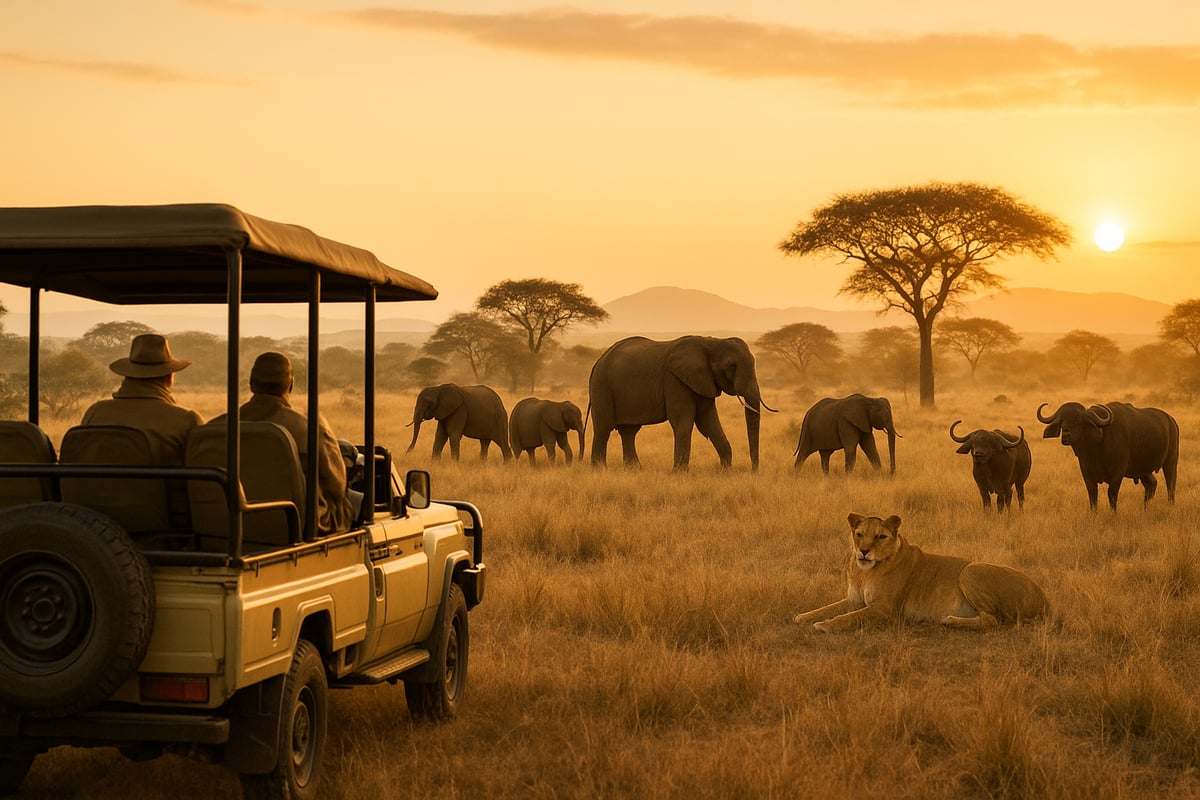
Kruger National Park: The Ultimate Big Five Destination
Kruger National Park is the crown jewel for the big five south africa experiences. Spanning nearly 20,000 square kilometers, Kruger boasts unrivaled biodiversity and is easily accessible from Johannesburg or Nelspruit.
Top Big Five viewing spots include Satara for lions, Lower Sabie for elephants and buffalo, and Skukuza for leopards. Guided safaris offer seasoned trackers and educational insight, while self-drive options provide flexibility and adventure.
| Option | Pros | Cons |
|---|---|---|
| Guided Safari | Expert guides, higher sighting rates, safety | Higher cost, less autonomy |
| Self-Drive | Freedom, budget-friendly | Lower sighting odds, safety risks |
In 2023, SANParks reported a surge in leopard sightings near Skukuza, thrilling photographers and wildlife enthusiasts. Accommodation ranges from luxurious lodges to budget-friendly camps, ensuring every traveler can enjoy the big five south africa within their means.
Private Game Reserves: Exclusive Encounters
For those seeking exclusivity, South Africa’s private game reserves deliver intimate big five south africa moments. Sabi Sand, Mala Mala, and Phinda are renowned for expert guides, off-road tracking, and fewer vehicles per sighting.
The benefits are clear:
- Off-road access for close-up encounters
- Highly qualified rangers and trackers
- Flexible, personalized safari schedules
These reserves invest heavily in community projects and anti-poaching initiatives, further protecting the big five south africa. Sabi Sand, for example, holds a reputation for frequent leopard sightings, making it a photographer’s paradise.
For an example of a tailored luxury safari, explore this Private Big 5 safari experience , which showcases what makes private reserves so special.
Addo Elephant National Park & Other Hidden Gems
Addo Elephant National Park is unique as the only place to see the “Big Seven” in Africa, including southern right whales and great white sharks alongside the big five south africa. Its dense elephant herds and malaria-free setting make it ideal for families and first-timers.
Other hidden gems include:
- Madikwe Game Reserve: Malaria-free, excellent for rhino and wild dog sightings
- Pilanesberg National Park: Close to Johannesburg, accessible for short trips
- Babanango Game Reserve: Emerging rewilding project restoring the big five south africa
Lesser-known reserves offer crowd-free safaris and support important conservation work. These destinations are perfect for travelers seeking something beyond the ordinary, while still enjoying the thrill of the big five south africa.
Safari Planning by Region: Eastern Cape, Limpopo, KwaZulu-Natal
Choosing the right region ensures your big five south africa safari matches your expectations. The Eastern Cape is famous for malaria-free reserves, perfect for families and multi-generational groups. Limpopo offers classic bushveld scenery and premier private reserves, while KwaZulu-Natal combines coastal beauty with prolific wildlife.
Consider these regional highlights:
- Eastern Cape: Family-friendly, malaria-free, new eco-lodges in 2025
- Limpopo: Rich biodiversity, luxury options, strong conservation projects
- KwaZulu-Natal: Unique mix of savannah and wetlands, community-owned lodges
2025 brings new lodges and expanded conservation programs, making each region more accessible. No matter where you go, the big five south africa promise awe-inspiring moments and lifelong memories.
When to Go: Best Times for Big Five Safaris in 2025
Timing your trip is crucial for the big five south africa experience. The time of year you visit can dramatically influence wildlife sightings, comfort, and the overall atmosphere of your safari adventure. Understanding the seasonal rhythms helps you plan for the most rewarding encounters.
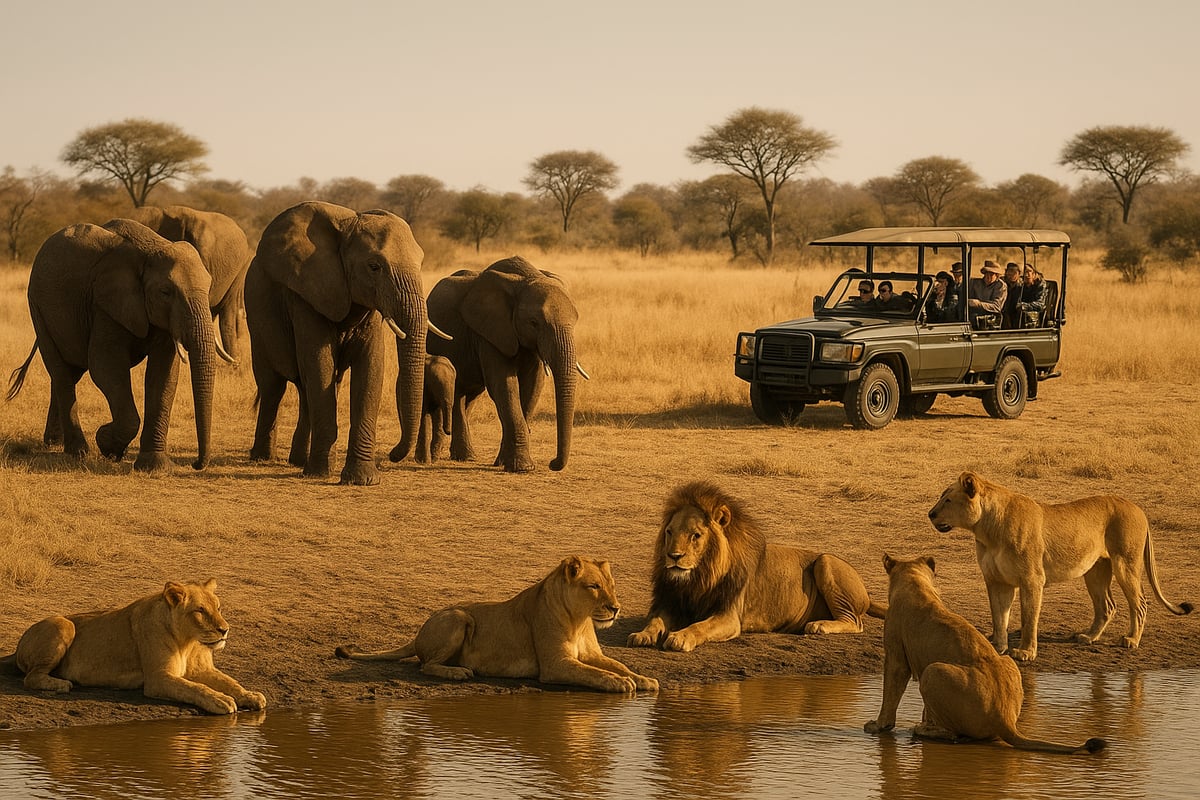
The Safari Calendar: Dry vs. Wet Season
South Africa’s safari calendar is shaped by two main seasons: the dry winter (May to September) and the wet summer (October to April). During the dry season, vegetation thins and animals gather at water sources, making the big five south africa far easier to spot. In contrast, the wet season brings lush landscapes and newborn animals, but wildlife disperses and viewing is more challenging.
Peak Safari Months: May to September
The best time for the big five south africa adventure is during the dry winter months. Cooler temperatures and minimal rainfall mean animals concentrate around rivers and waterholes. This is especially true in iconic parks like Kruger, where visitors often witness spectacular gatherings of elephants, buffalo, and predators near shrinking water sources. Data from 2023–2024 shows that most travelers book safaris during this period, with up to 70 percent of park visits occurring between June and August.
Shoulder Seasons: Value and Fewer Crowds
If you prefer a quieter safari, consider the shoulder months of April, May, and October. These periods offer mild weather, fewer tourists, and attractive rates. Wildlife viewing remains excellent, especially as animals transition between seasonal ranges. Birdwatchers will also appreciate the arrival of migratory species during spring and autumn.
Regional Weather Differences
Climate varies across South Africa’s safari regions. In the northeast (Kruger and Limpopo), winters are dry and comfortable, while the Eastern Cape and KwaZulu-Natal experience milder, more temperate conditions year-round. Malaria risk is lowest in winter, making it ideal for families. Always check local weather forecasts for your chosen reserve.
Special Wildlife Events and Activities
Key natural events shape the big five south africa experience. Calving season for antelope occurs in November and December, attracting predators and offering dramatic sightings. Bird migrations peak from October to March. In winter, animals concentrate at waterholes, providing excellent opportunities for close-up photography and observation.
Booking Trends and 2025 Forecast
Recent years have seen increased demand for sustainable, flexible safaris. According to industry data, advance bookings for winter 2024–2025 are up by 15 percent, reflecting a growing trend toward early planning. Climate change may bring unpredictable rainfall, so travelers should monitor forecasts and consider adaptable itineraries. For more in-depth planning resources, consult the South Africa travel guide.
Choosing the right season is key to maximizing your big five south africa safari. Whether you seek peak wildlife activity, budget-friendly options, or unique natural events, understanding the local calendar will help you craft an unforgettable adventure.
How to Plan Your Big Five Safari Like a Pro: Step-by-Step Guide
Embarking on an adventure to witness the big five south africa is a dream for many travelers. Planning your safari with precision ensures you experience these iconic animals up close, while making the most of every moment. Follow this expert step-by-step guide for a seamless, professional-level safari experience in 2025.
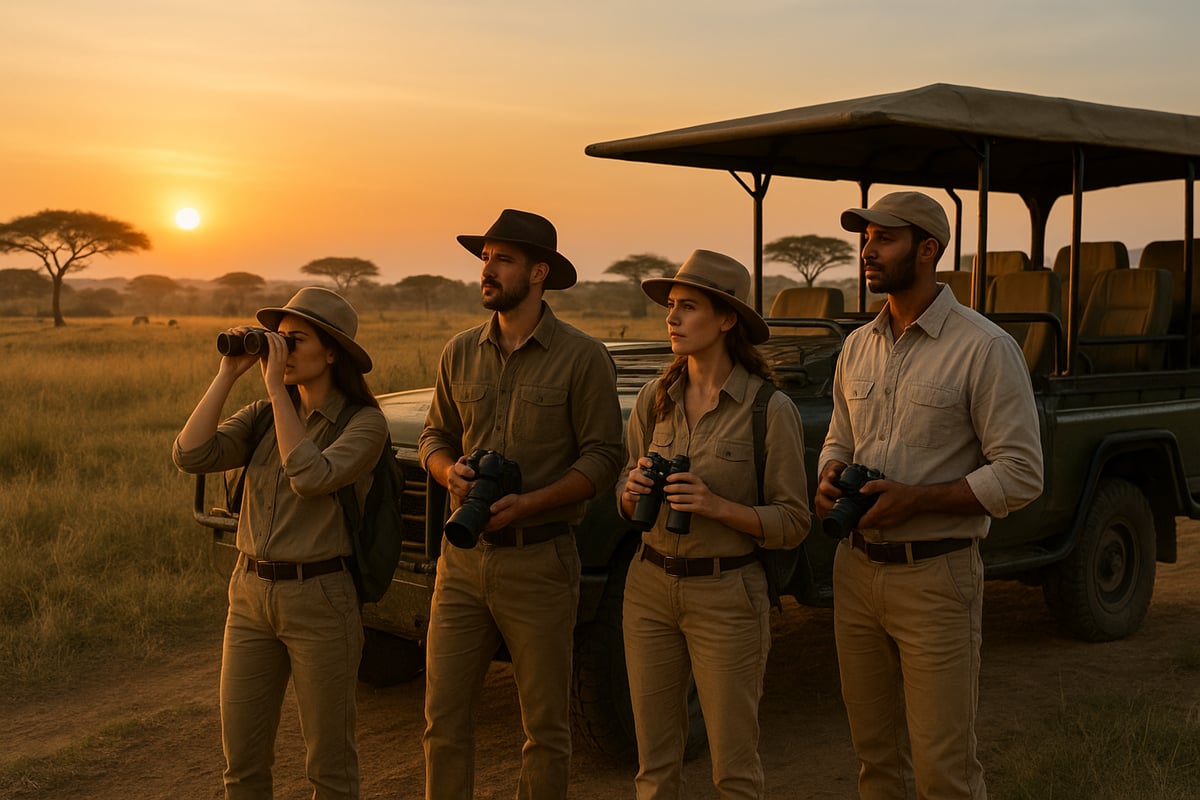
Step 1: Define Your Safari Goals & Budget
The first step in planning the big five south africa safari is clarifying your travel objectives and setting a realistic budget. Are you seeking thrilling wildlife encounters, luxurious amenities, or an adventurous family trip?
List your priorities, such as photography, exclusivity, or child-friendly experiences. Compare the costs between private game reserves and public national parks. Private reserves often offer higher-end experiences, while national parks provide great value for budget-conscious travelers.
By establishing clear goals and financial boundaries, you ensure your safari aligns with expectations and delivers the big five south africa experience you desire.
Step 2: Choose the Right Park or Reserve
Selecting the optimal destination for the big five south africa adventure is crucial. Consider what matters most: prime wildlife sightings, fewer crowds, or a family-friendly atmosphere.
Kruger National Park is a top choice for first-timers, offering vast landscapes and diverse wildlife. Private reserves like Sabi Sand and Mala Mala attract those seeking exclusivity and expert guiding. Repeat visitors often explore hidden gems such as Madikwe or Pilanesberg.
Research recent visitor reviews and wildlife sighting statistics to match your interests. The right park sets the stage for an unforgettable big five south africa journey.
Step 3: Select Accommodation & Safari Style
The type of lodging and safari style you choose shapes your big five south africa experience. Options range from luxury lodges to rustic tented camps and self-catering chalets.
Guided safaris offer the expertise of rangers, increasing your chances of spotting elusive species. Self-drive safaris provide flexibility and adventure for independent travelers. Consider adding walking safaris or night drives for a unique perspective.
Review amenities, location, and included activities when booking. Matching your accommodation and safari style to your preferences ensures every aspect of the big five south africa trip is tailored to you.
Step 4: Book Guides, Activities & Permits in Advance
Securing professional guides, activities, and necessary permits is essential for the big five south africa safari. Expert guides dramatically improve your chances of memorable wildlife sightings and provide valuable insights into animal behavior.
Book game drives, bush walks, and any specialized tours in advance, especially during peak months. Check if your chosen park or reserve requires entry permits or activity reservations.
Guided experiences often result in higher success rates for viewing the big five south africa, making early planning a smart strategy for travelers.
Step 5: Prepare Essential Gear & Travel Documents
Packing the right gear and organizing documents is vital for the big five south africa adventure. Essential items include binoculars, a quality camera, neutral-colored clothing, and sun protection.
If traveling to areas with malaria risk, pack repellents and consult your doctor about precautions. Ensure your passport is valid for at least six months beyond your return date. Research visa requirements based on your nationality, and purchase comprehensive travel insurance.
A well-prepared traveler is ready for any challenge the big five south africa safari presents, from unexpected weather to last-minute sightings.
Step 6: Respectful Wildlife Viewing & Safety Protocols
Practicing ethical wildlife viewing and following safety protocols is fundamental to the big five south africa experience. Always maintain a safe distance from animals and follow your guide's instructions at all times.
Avoid making loud noises or sudden movements that could disturb wildlife. Never attempt to feed or touch any animal. Stay inside your vehicle unless accompanied by a guide in designated areas.
Respect for the environment and its inhabitants not only protects you but also ensures the big five south africa remains a remarkable destination for future travelers.
Step 7: Sustainable & Responsible Safari Choices
Supporting sustainability is key to preserving the big five south africa for generations. Choose eco-friendly lodges and tour operators that invest in conservation and community initiatives.
Participate in carbon offset programs, minimize single-use plastics, and support local businesses. Learn about the importance of conservation by reviewing commitments such as the Conservation and sustainability commitment.
By making responsible choices, you contribute directly to the protection of the big five south africa and help create a positive impact on wildlife and local communities.
Ethical Safari Experiences: Conservation, Community & Responsible Tourism
Witnessing the big five south africa is a privilege that comes with responsibility. Ethical safari experiences ensure your adventure supports wildlife protection, uplifts local communities, and preserves natural habitats for generations. As the safari landscape evolves, travelers are seeking more than just sightings—they want their journeys to make a positive impact.
What Makes a Safari Ethical?
An ethical safari goes beyond ticking off the big five south africa from your checklist. It prioritizes animal welfare, minimizes environmental impact, and respects local cultures. Travelers are encouraged to support lodges and tour operators certified for eco-friendly practices. These safaris avoid disrupting animal behavior and focus on education, not exploitation. Choosing ethical options means your visit helps protect endangered species and their habitats, creating a ripple effect that benefits both wildlife and people.
Conservation Impact: Protecting the Big Five
Conservation is at the heart of every responsible safari in the big five south africa destinations. Many lodges directly fund anti-poaching units and support rhino dehorning initiatives to combat illegal hunting. For example, Hluhluwe–Imfolozi Park conservation efforts have set a global standard in rhino protection. South Africa also leads in rewilding, as shown by the Babanango Game Reserve rewilding project , which restores big five populations and encourages biodiversity. By choosing these lodges, travelers actively participate in the survival of iconic species.
Community Empowerment Through Safaris
Ethical safaris in the big five south africa regions empower local communities by providing jobs, education, and healthcare. Many lodges are community-owned, especially in KwaZulu-Natal, ensuring profits stay local. Tourism revenue funds schools and clinics, while guiding and hospitality roles build valuable skills. Community-led conservation projects foster pride and stewardship of the land. When you visit, your spending supports families and helps preserve traditions, making tourism a true force for good.
Responsible Tourism: Guidelines and 2025 Trends
To ensure your big five south africa experience is truly ethical, follow these simple guidelines:
- Maintain a respectful distance from wildlife
- Use silent, non-intrusive photography methods
- Avoid single-use plastics and support carbon offset programs
- Choose certified eco-friendly lodges
A growing number of lodges—now 70 percent—are eco-certified, with 2025 trends pointing toward carbon-neutral safaris and voluntourism opportunities. The future of the big five south africa tourism lies in responsible choices that protect nature and uplift people.
Pro Tips for Maximizing Your Big Five Safari Adventure
Witnessing the big five south africa in their natural element is a thrill, but seasoned travelers know a few secrets can elevate any safari. To maximize your adventure, plan game drives at dawn and dusk. These are the golden hours when predators are active and herds gather at waterholes. Guides report that up to 70% of big five sightings occur during these windows, so set your alarm early and savor the magic light.
Capture unforgettable moments by mastering a few pro photography tips. Use natural light, especially at sunrise or sunset, for dramatic shots. Keep your camera steady and anticipate animal movements for crisp action photos. Remember, ethical practices are essential, so never pressure guides for risky close-ups or disturb wildlife for a better shot. Expand your horizons by exploring Beyond the Big Five safari culture to discover the vibrant cultures and lesser-known species that enrich the big five south africa experience.
Tracking animals is an art. Watch for fresh footprints, listen for alarm calls from birds or antelope, and follow your guide’s expertise. Experienced trackers often spot subtle clues—a snapped twig or shifting breeze—that reveal a leopard’s presence. For comfort, dress in neutral layers, pack a hat and sunscreen, and stay hydrated. Many guides swear by a lightweight daypack with snacks, a refillable water bottle, and a compact rain jacket. These simple hacks can make your journey through the big five south africa terrain smooth and enjoyable.
Embrace technology to enhance your safari. Apps for bird identification, GPS navigation, and real-time animal sighting logs are invaluable. In 2025, new monitoring technologies are transforming conservation, as highlighted in the Improving wildlife out-of-distribution detection study, ensuring your big five south africa sightings contribute to vital research. Above all, review guest satisfaction ratings when choosing lodges, avoid overpacking, and set realistic expectations for each day.
With these pro tips, your big five south africa safari will be safer, richer, and more memorable—leaving you with stories to share and a deep appreciation for Africa’s wild heart.
After exploring the essentials of planning a Big Five safari—from choosing the best reserves and timing your visit to embracing sustainable travel—you’re now equipped to create a meaningful, unforgettable adventure in South Africa. Whether you dream of sunrise game drives, luxury lodges, or connecting with local communities, you deserve a journey tailored to your passions and values. If you’re ready to turn inspiration into action, I’d love to help you craft your own authentic, responsible safari for 2025.
Let's Plan Your Personal Adventure
